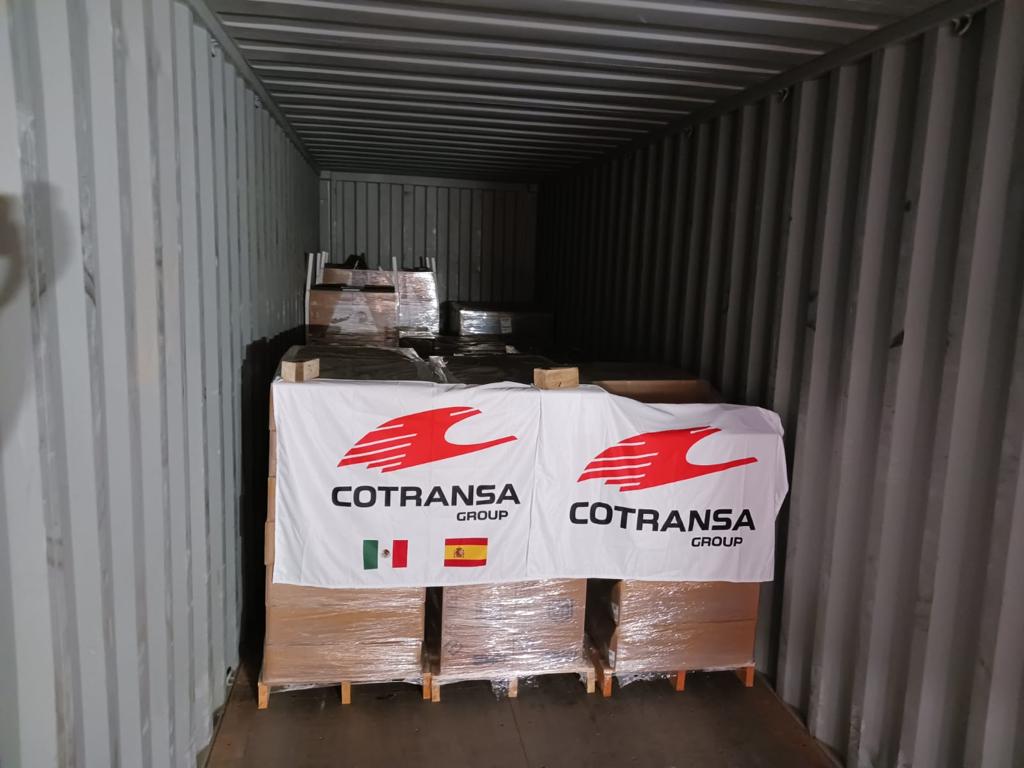What is the IMO doing to reduce the footprint of maritime transport?
Maritime transport is a key pillar of world trade, but it is also responsible for a large proportion of greenhouse gas emissions (GHGs) that contribute to climate change.
It is precisely the magnitude of this reality that has driven one of the most ambitious initiatives of recent times.
Headed by the International Maritime Organization (IMO), the road map sets a number of targets aimed at reducing the footprint of maritime transport and promoting a more sustainable industry.
In 2018, the specialized agency of the United Nations, responsible for regulating international maritime transport, set clear objectives:
- By 2030, the sector must reduce its carbon emissions by 40%.
- By 2050, greenhouse gasses from ships will have to decrease to only 30% of the total, reducing environmental impact by 70%.
In less of a decade
The timetable laid down by the official body brings us closer to the first objective. Specifically, the industry has just under seven years to reduce its emissions by more than a third compared to 2008 levels.
These targets are ambitious, but necessary. According to an IMO report, maritime transport is responsible for 2.5% of global greenhouse gas emissions, and this figure is expected to increase as world trade grows.
To these goals, the United Nations has promoted a series of measures to reduce the footprint of maritime transport.
A purpose, various means
One of the main approaches has been energy. The IMO has adopted international standards to improve the energy efficiency of new and existing vessels, and has established a framework for evaluating and improving it.
Another important IMO approach has been the promotion of alternative fuels and cleaner propulsion technologies.
In this way, standards have been adopted for the use of low-sulphur fuels on ships, and it is working on the development of cleaner propulsion technologies, such as wind and electricity.
The third pillar is to improve maritime traffic management to reduce fuel consumption and, consequently, emissions. The organization has adopted a set of guidelines for the optimization of maritime traffic, and is working to promote more efficient Maritime Traffic Management (VTS) systems.
In addition, IMO is working on reducing greenhouse gas emissions from maritime ports and terminals. The organization has adopted a set of environmental management guidelines for ports and terminals, and is working to promote cleaner technologies and practices in ports.
EEDI, EEXI and CII: The three international norms
The EEDI, EEXI and CIII regulations are international standards adopted by the International Maritime Organization (IMO) to improve the energy efficiency of ships and reduce their carbon footprint.
The EEDI (Ship Energy Design Index) regulation sets a set of standards to improve the energy efficiency of new vessels. The aim of the regulation is to ensure that new vessels are more fuel and energy efficient than existing ships.
The EEXI (Existing Vessel Energy Efficiency Index) regulation sets standards for improving the energy efficiency of existing vessels. The aim of the regulation is to ensure that existing vessels are more fuel and energy efficient, which will reduce their greenhouse gas emissions.
Regulation CIII (Carbon Content of Fuel) sets maximum limits for the carbon content of the fuel used by ships. The regulation aims to reduce greenhouse gas emissions from maritime transport by promoting the use of cleaner, low-carbon fuels.
Changes related to change
These regulations are important for meeting the IMO objectives of reducing greenhouse gas emissions from maritime transport. Implementing these regulations will not only help reduce the carbon footprint, but will also improve the energy efficiency of ships and reduce operating costs.
However, its implementation poses significant challenges to the maritime transport industry. EEDI regulation may require changes in the design of new vessels, which can increase construction costs and delay ship delivery.
The implementation of the EEXI regulation entails improvements in the energy efficiency of existing vessels, which may require the installation of new technologies and equipment. This can also increase operating costs and require significant investment by shipowners.
Finally, the implementation of regulation CIII may require changes in port and fuel supply infrastructure to provide cleaner, low-carbon fuels. This will involve significant investment by fuel suppliers and ports.
Despite these challenges, the implementation of these regulations is essential to reduce the carbon footprint of maritime transport and meet IMO objectives. In addition, the adoption of the United Nations approach can also provide economic benefits and improve the energy efficiency of ships, which will reduce long-term operating costs.




